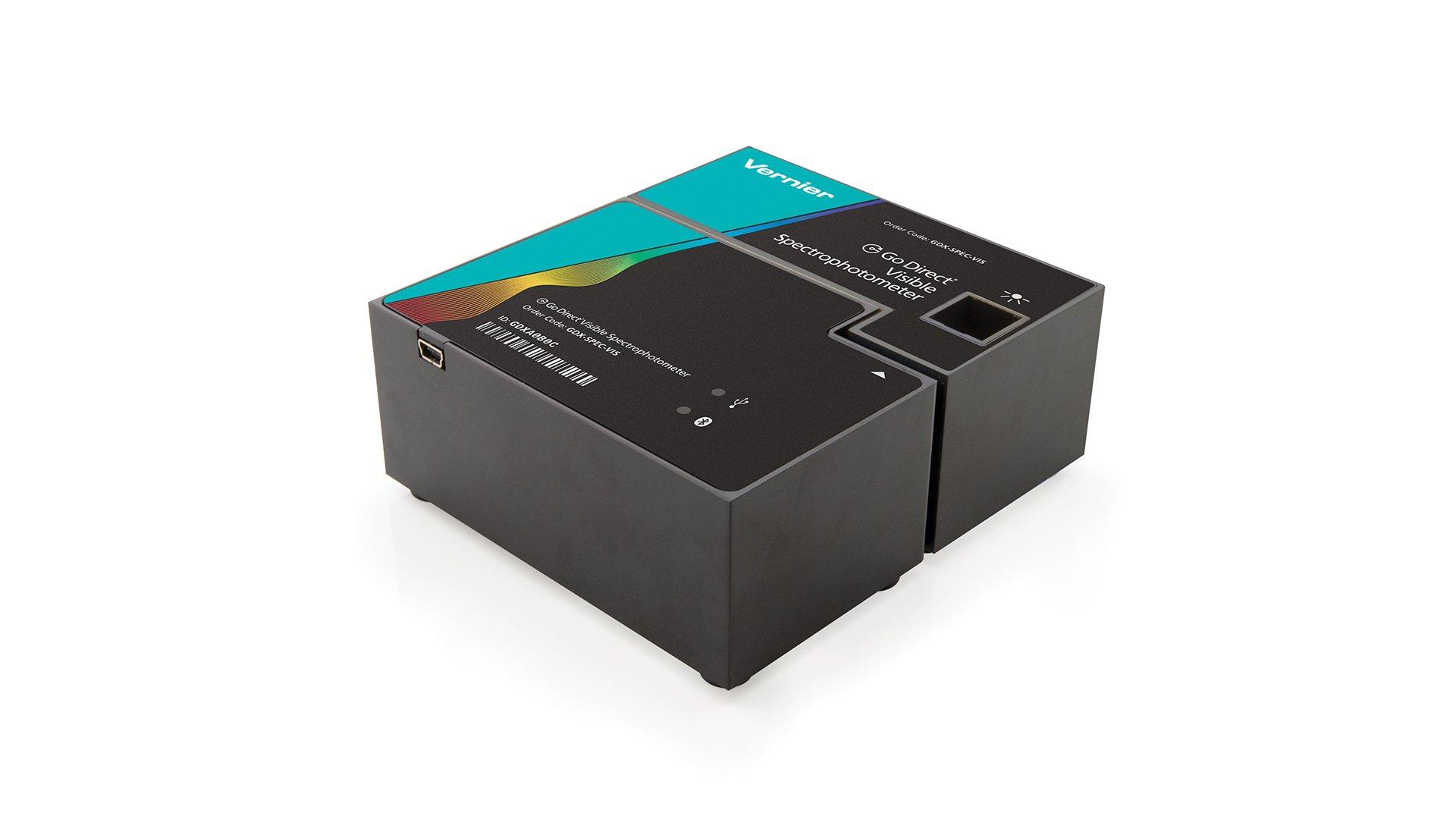Analysis of Enzymes using Tyrosinase
Experiment #8 from Investigating Biology through Inquiry
- Subject
- Biology

Introduction
Enzymes are molecules that regulate the chemical reactions that occur in all living organisms. Almost all enzymes are globular proteins that act as catalysts, substances that speed up chemical reactions. Enzymes catalyze reactions by reducing the activation energy for a specific reaction to occur and yet are neither destroyed nor altered during this process. At the molecular level, enzymes catalyze these reactions by briefly binding to the substrate or reactants to form an enzyme-substrate complex. The reaction takes place while the substrate is bound to the enzyme, converting the substrate to the new product. The new product is then released from the enzyme substrate complex and the enzyme is then free to bind with more substrate.
This investigation is designed to introduce you to the quantitative analysis of enzymes using the enzyme tyrosinase. Tyrosinase is an enzyme that is involved in melanin synthesis, which gives skin its color. Tyrosinase is also involved in the browning of fruits, tubers, and fungi that have been damaged. As shown in Figure 1, in the presence of oxygen (O2), tyrosinase (E) catalyzes the hydroxylation of tyrosine into the colorless compound 3,4-dihydroxyphenylalanine, or DOPA for short. Tyrosinase then catalyzes DOPA into dopaquinone which spontaneously converts into dopachrome. Dopachrome will eventually be turned into melanin. Dopachrome is an orange colored compound with a peak absorbance at 475 nm that can be monitored using a spectrophotometer.
The first step in this series of reactions is the rate-limiting step for the entire process. This means that tyrosinase is much better at converting DOPA to dopaquinone than it is at converting tyrosine to DOPA. Knowing which step is the slowest in a complex biochemical process can be medically important. People with Parkinson’s disease have low levels of dopamine in their brain. Dopamine is synthesized from tyrosine; the first step involves converting tyrosine to DOPA, which is also the rate-limiting step for the entire process. As a result, DOPA is given to people with Parkinson’s disease to increase their natural production of dopamine. This, in turn, alleviates the symptoms of the disease.
In this Preliminary Activity, you will use a spectrophotometer to measure color changes due to the production of dopachrome and determine rate of reaction.
After completing the Preliminary Activity, you will use reference sources to find out more about enzymes, tyrosine, and tyrosinase, and then you will choose and investigate a researchable question. Some topics to consider in your reference search include the following:
- catalyst
- enzyme
- substrate
- tyrosine
- tyrosinase
- DOPA
- Michaelis-Menten constant
- Lineweaver-Burk plot
Objectives
In this Preliminary Activity, you will use a spectrophotometer to measure color changes due to the production of dopachrome and determine rate of reaction.
After completing the Preliminary Activity, you will first use reference sources to find out more about enzymes, tyrosine, and tyrosinase before you choose and investigate a researchable question. Some topics to consider in your reference search are:
- catalyst
- enzyme
- substrate
- tyrosine
- tyrosinase
- DOPA
- Michaelis-Menten constant
- Lineweaver-Burk plot
Sensors and Equipment
This experiment features the following sensors and equipment. Additional equipment may be required.
Ready to Experiment?
Ask an Expert
Get answers to your questions about how to teach this experiment with our support team.
- Call toll-free: 888-837-6437
- Chat with Us
- Email support@vernier.com
Purchase the Lab Book
This experiment is #8 of Investigating Biology through Inquiry. The experiment in the book includes student instructions as well as instructor information for set up, helpful hints, and sample graphs and data.



